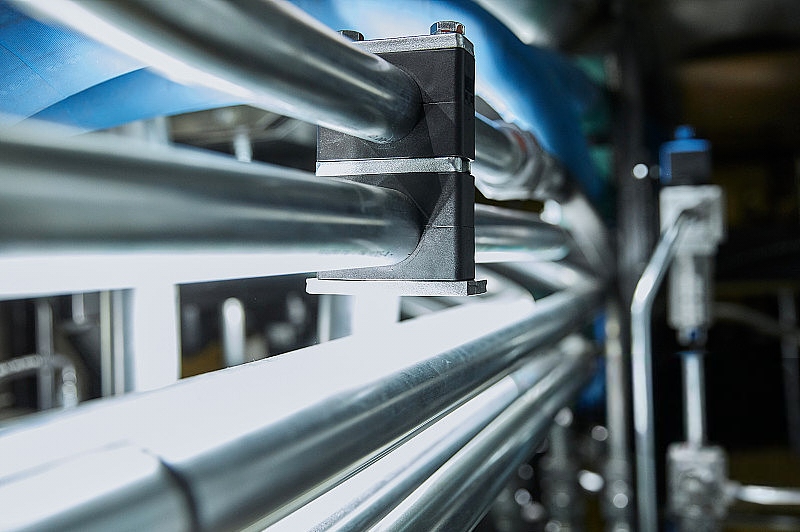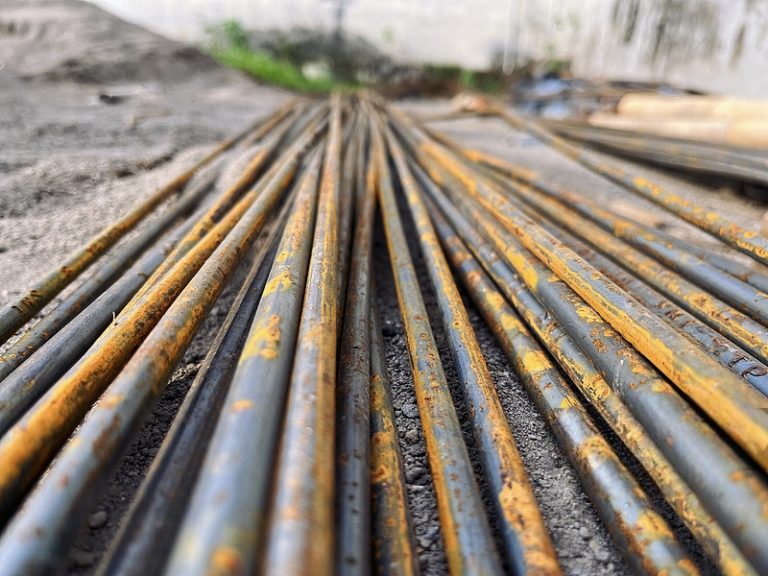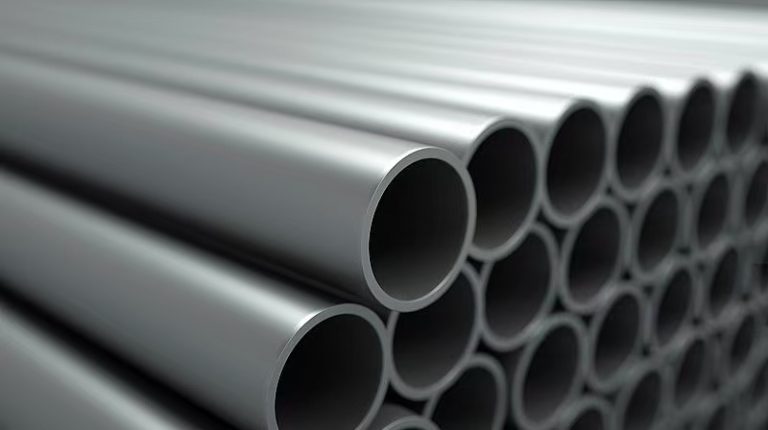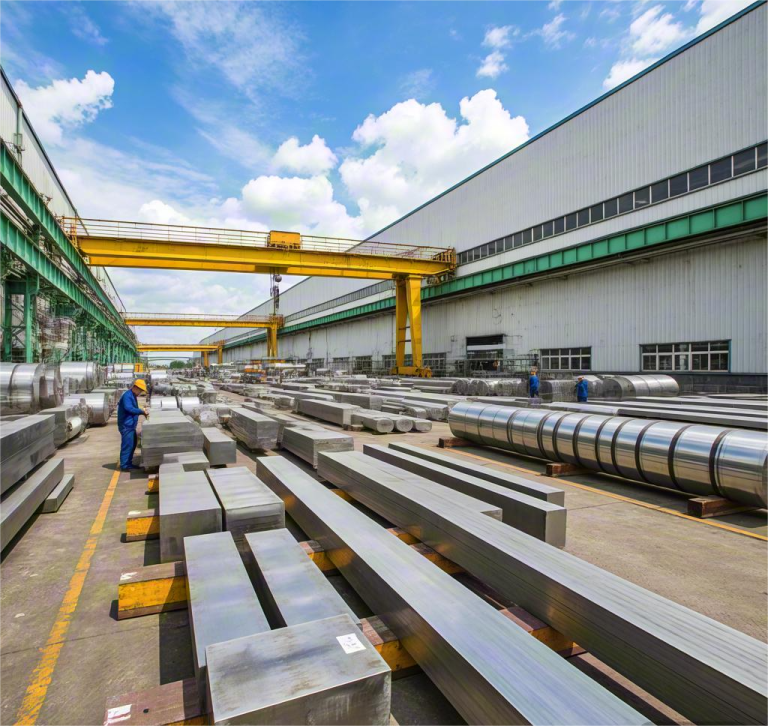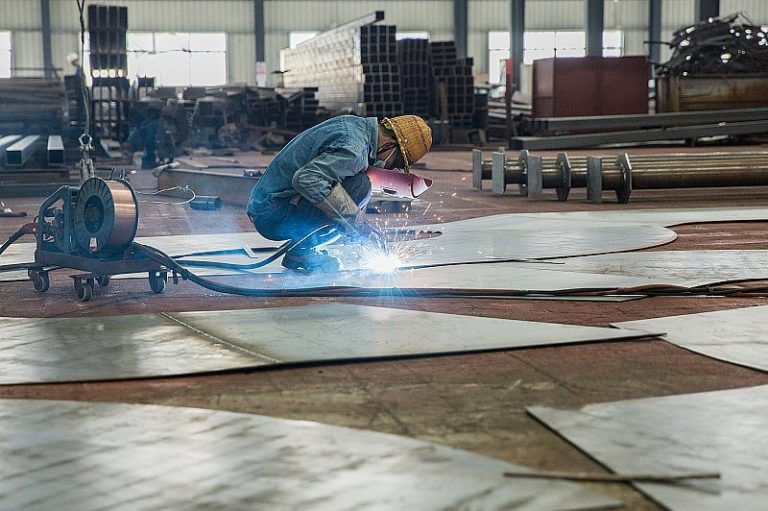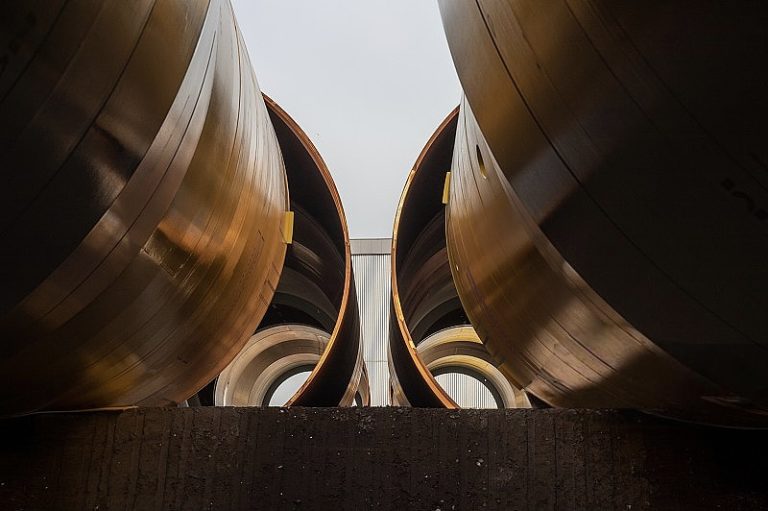die steel
Die steel can be roughly classified into three categories: cold working die steel, hot working die steel and plastic die steel, which are used in casting, stamping, cutting, die casting, etc. Due to the different uses and complex working conditions of various dies, die steel should have high hardness, strength, wear resistance, sufficient toughness, as well as high hardenability, hardness and other technical properties according to the working conditions of the dies it is used to make. Because of these different uses and complex working conditions, the performance requirements for die steel are also different.
Cold working dies include cold stamping dies, wire drawing dies, drawing dies, embossing dies, thread rolling dies, thread rolling plates, cold heading dies and cold extrusion dies, etc. Cold working die steel should have high hardness, strength, wear resistance, sufficient toughness, as well as high hardenability, hardness and other technical properties according to the working conditions of the dies it is used to make. The alloy tool steel used for such purposes usually belongs to high-carbon alloy steel, with a carbon content of more than 0.80%. Chromium is the main alloying element in this type of steel, and its content is usually no more than 5%. However, for some die steels with very high wear resistance and very little deformation after quenching, the chromium content can reach 13%, and in order to form a large amount of carbides, the carbon content in the steel is also very high, reaching 2.0% to 2.3%. The carbon content of cold working die steel is relatively high, and its structure is mostly over-eutectoid steel or ledeburite steel. Commonly used steel types include high-carbon low-alloy steel, high-carbon high-chromium steel, chromium-molybdenum steel, medium-carbon chromium-tungsten-vanadium steel, etc.
Hot working dies are mainly divided into hammer forging, die forging, extrusion and die casting types, including hot forging dies, press forging dies, stamping dies, hot extrusion dies and metal die casting dies, etc. Hot working dies not only have to withstand infinite mechanical stress during operation, but also have to withstand the effect of repeated heating and cooling, resulting in significant thermal stress. Hot working die steel should have high hardness, strength, red hardness, wear resistance and toughness, as well as excellent high-temperature strength, thermal fatigue stability, thermal conductivity and corrosion resistance. In addition, it is also required to have high hardenability to ensure that the entire cross-section has consistent mechanical properties. For die casting die steel, it is also required to have the ability to withstand repeated heating and cooling without cracking on the surface layer, as well as the ability to withstand the impact and corrosion of liquid metal flow. This type of steel usually belongs to medium-carbon alloy steel, with a carbon content of 0.30% to 0.60%, which is sub-eutectoid steel. Some steels become eutectoid or over-eutectoid steel due to the addition of more alloying elements (such as tungsten, molybdenum, vanadium, etc.). Commonly used steel types include chromium-manganese steel, chromium-nickel steel, chromium-tungsten steel, etc.
Plastic dies include thermoplastic plastic dies and thermosetting plastic dies. Plastic die steel should have certain strength, hardness, wear resistance, thermal stability and corrosion resistance, etc. In addition, it is also required to have excellent technical properties, such as small thermal deformation during heat treatment, good processing performance, good corrosion resistance, good grinding and polishing performance, good welding performance, high roughness, good thermal conductivity and stable size and shape under working conditions. Generally, injection molding or extrusion molding dies can use hot working die steel; thermosetting molding and dies with high wear resistance and high strength requirements can use cold working die steel.

